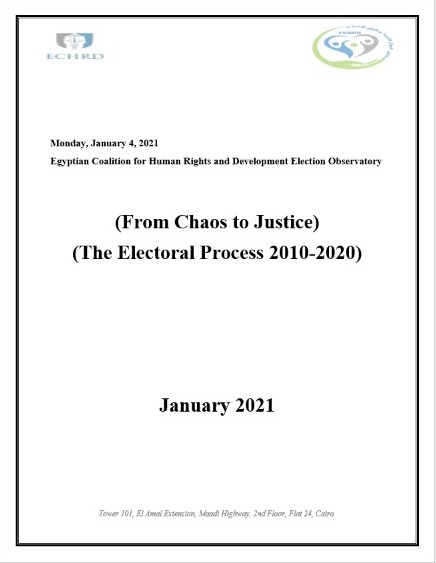It is wrong to believe that the general and final results of the national biases of voters during 2020, which resulted in a complete view of the parliamentary composition of the institutions of the Egyptian state with a popular dimension represented in the two houses )The Senate, The Parliament) are the result of direct popular votes deposited by voters (registered on the voters’ tables) in the competitive deduction boxes between groups of candidates and representatives of the main political forces in Egyptian society as much as it is an expression of the state of mobility and social and institutional development witnessed by the Egyptian state during the last decade (2010-2020) with its interaction within it of community mobility and the will to correct the outcomes of popular biases through waves and mass outbursts which were followed by the redevelopment and adjustment of legislative texts represented an inspiring model in the contexts of parliamentary, legislative and community performance that require reading, analysis and extraction of the general determinants of the scene to ensure that its positives and the ability to face its risks are taken advantage of to ensure that the national experience itself is not reversed

Latest from Publications
The report points out the Houthi group recruits children and forces them to fight in its
The report points out that the Rapid Support Forces have committed the most heinous crimes in
Concerning the political climate, the report indicates that Egyptian President Abdel Fattah El-Sisi launched the National
These measures are represented in the exploitation of the Western media to spread rumors and false
The report monitored:• (27) electoral conferences for the candidate Mr. Abdel Fattah Al-Sisi in different governorates,







